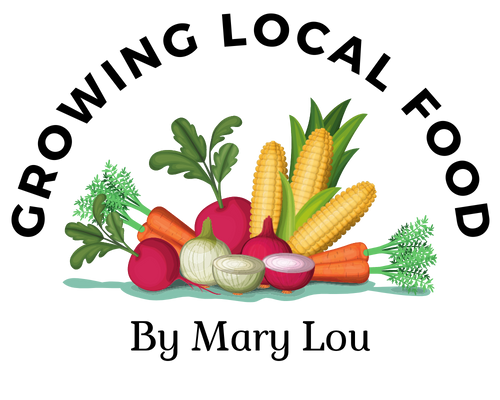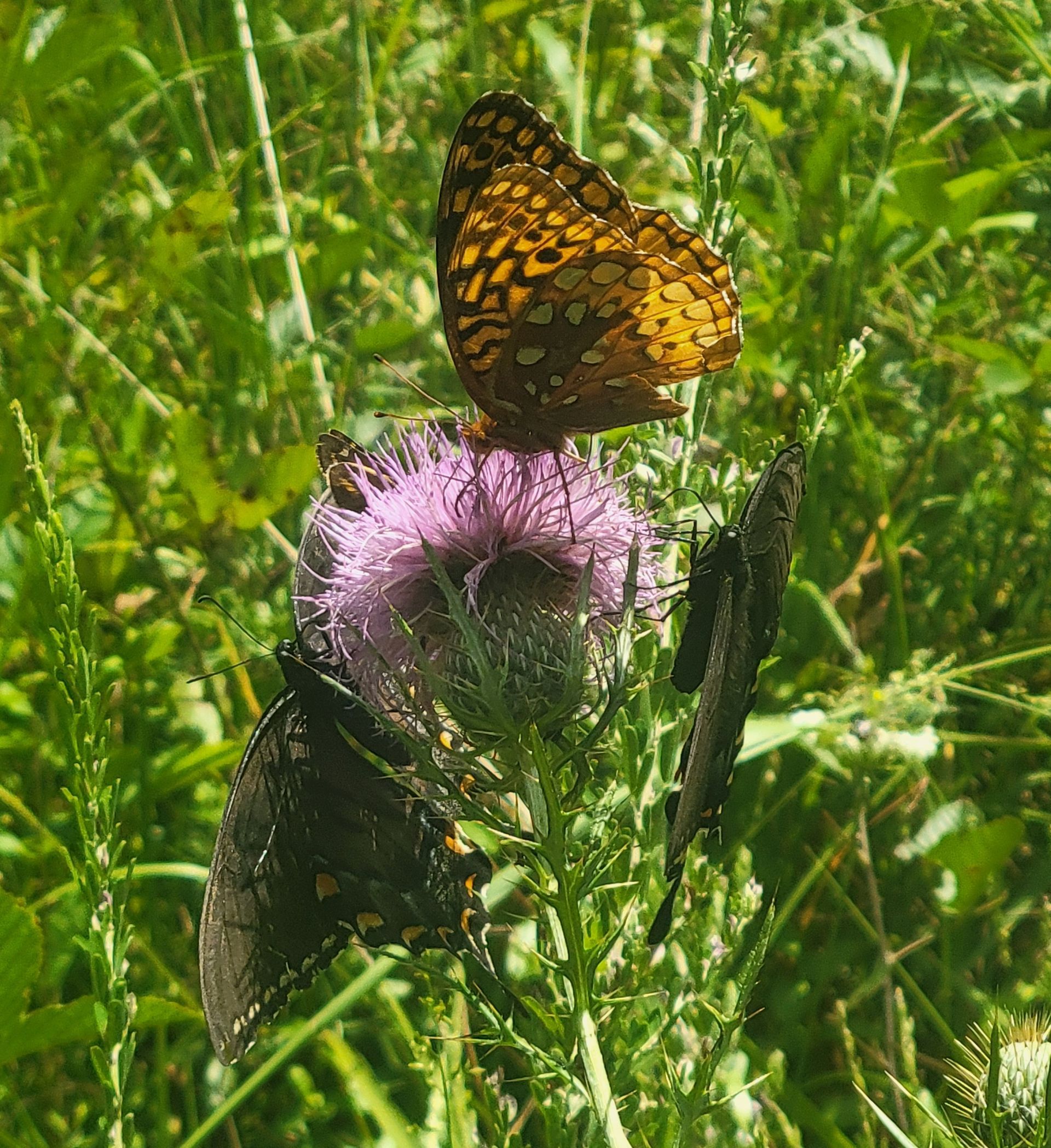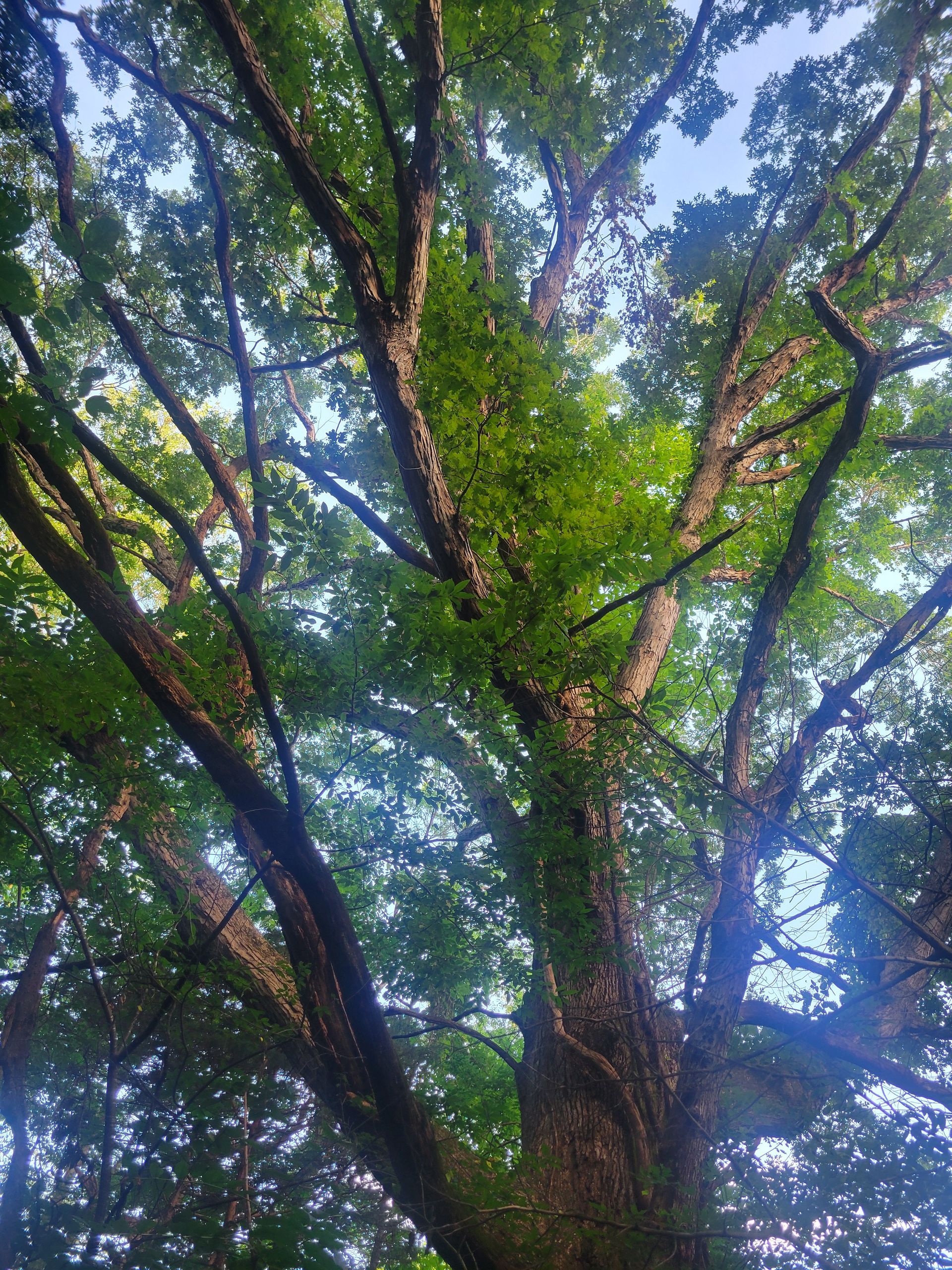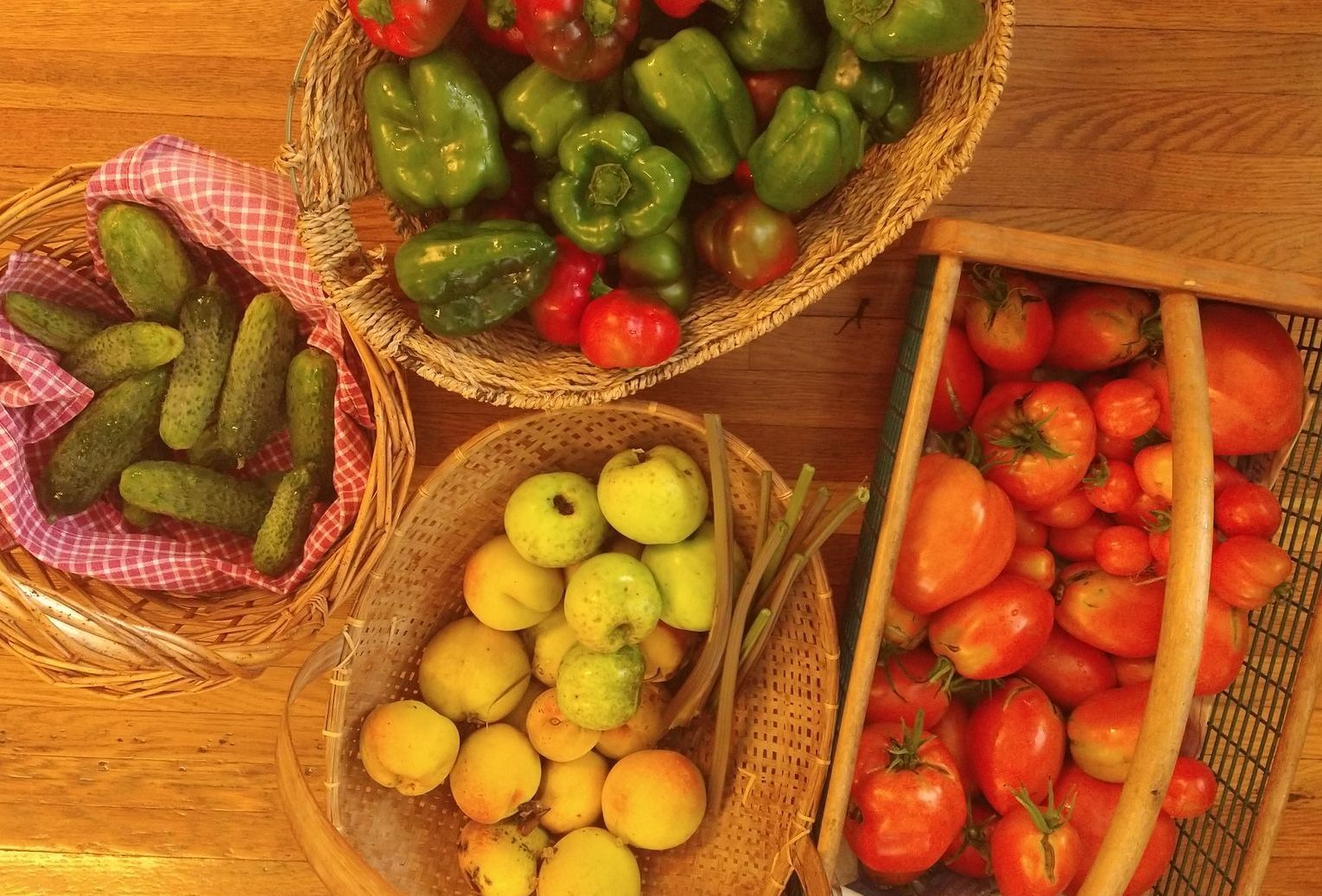Pruning 101: A Beginner's Guide to Fruit Tree Pruning
Why Pruning Fruit Trees is Important:
Fruit trees grow whether we prune them or not, but a properly pruned fruit tree has a much better chance of avoiding disease and giving bountiful and beautiful fruit.
- Pruning keeps fruit trees healthy be removing diseased limbs, crowded branches, or branches that grow with narrow angles.
- Pruning dense outer branches allows fruit buds to avoid fungal disease by providing them plenty of sunlight and breeze.
- Pruning is critical to maintain the size fruit trees you want. A tree’s rootstalk largely determines each fruit tree’s potential size—whether it is a dwarf, semi-dwarf, or standard tree. However, annual pruning is also crucial in maintaining size.
- Pruning mainly determines if a fruit tree's shape will be a central leader or vase-shaped.
Basic Tree Shapes:
The two basic shapes for fruit trees are either the central-leader or the vase-shaped (open-center). The central leader tree will create a smaller tree with less fruit, but easily allows sunlight to all branches. The vase-shape allows a tree to grow larger, but the upper canopy must be kept pruned to allow sunlight and air to reach the center.
It’s best to envision the basic shape you want fo your fruit tree the year you plant it because you’ll begin with a gentle pruning then. When choosing between a central-leader or a vase-shape, consider not only how much elbow room your tree will have when mature, but the type and character of your tree. For example, pear trees naturally assume a central-leader shape, but peach trees seem to insist on a vase-shape. One apple tree may easily form a central-leader, while another seems destined to be a vase-shaped. Your pruning ultimately determines a tree’s shape, but your work is easier when you allow a tree to express its individuality.
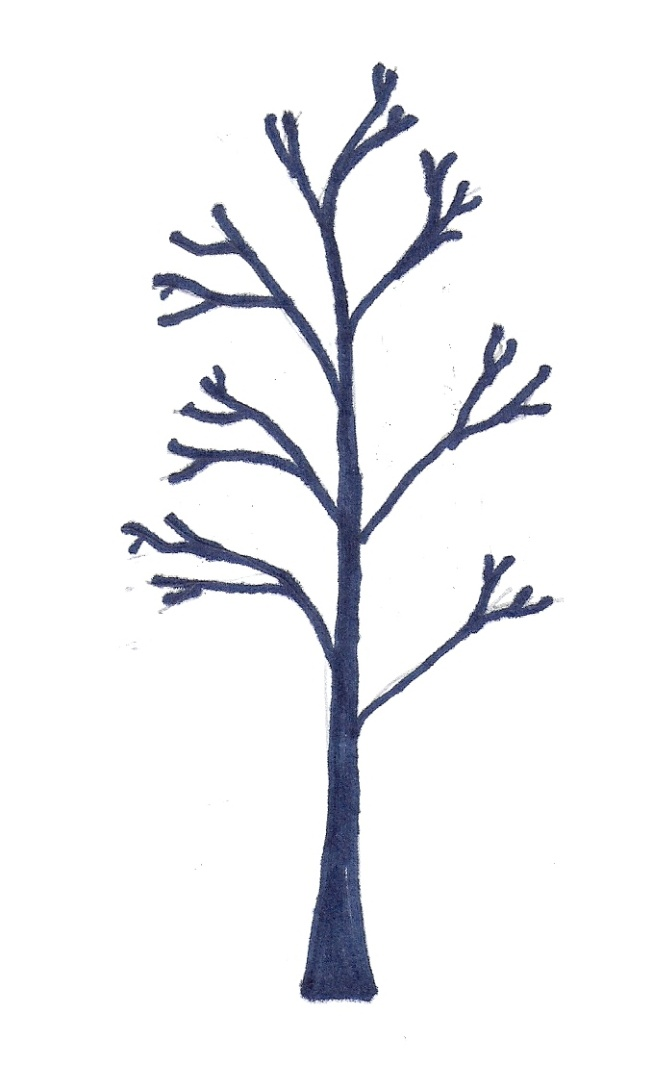
Central-leader tree
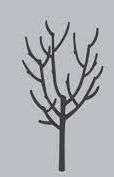
Vase-shaped tree
Tools for Fruit Tree Pruning:
Good pruning tools are important to avoid damaging your fruit trees and to make pruning an enjoyable task. Basic hand-shears are necessary for the youngest trees. As fruit trees grow in size, you’ll wan to add pruning loppers and a pruning handsaw.
The best pruning tools are made by Felco. It’s not a surprise that they are made in Switzerland where quality knives are also made. Good hardware stores carry Felco bypass pruner and Felco loppers. They can also be found
online. The online site is also helpful in explaining what pruners will best fit your hand. Felco’s sharpening tool is also necessary to keep your tools working well.
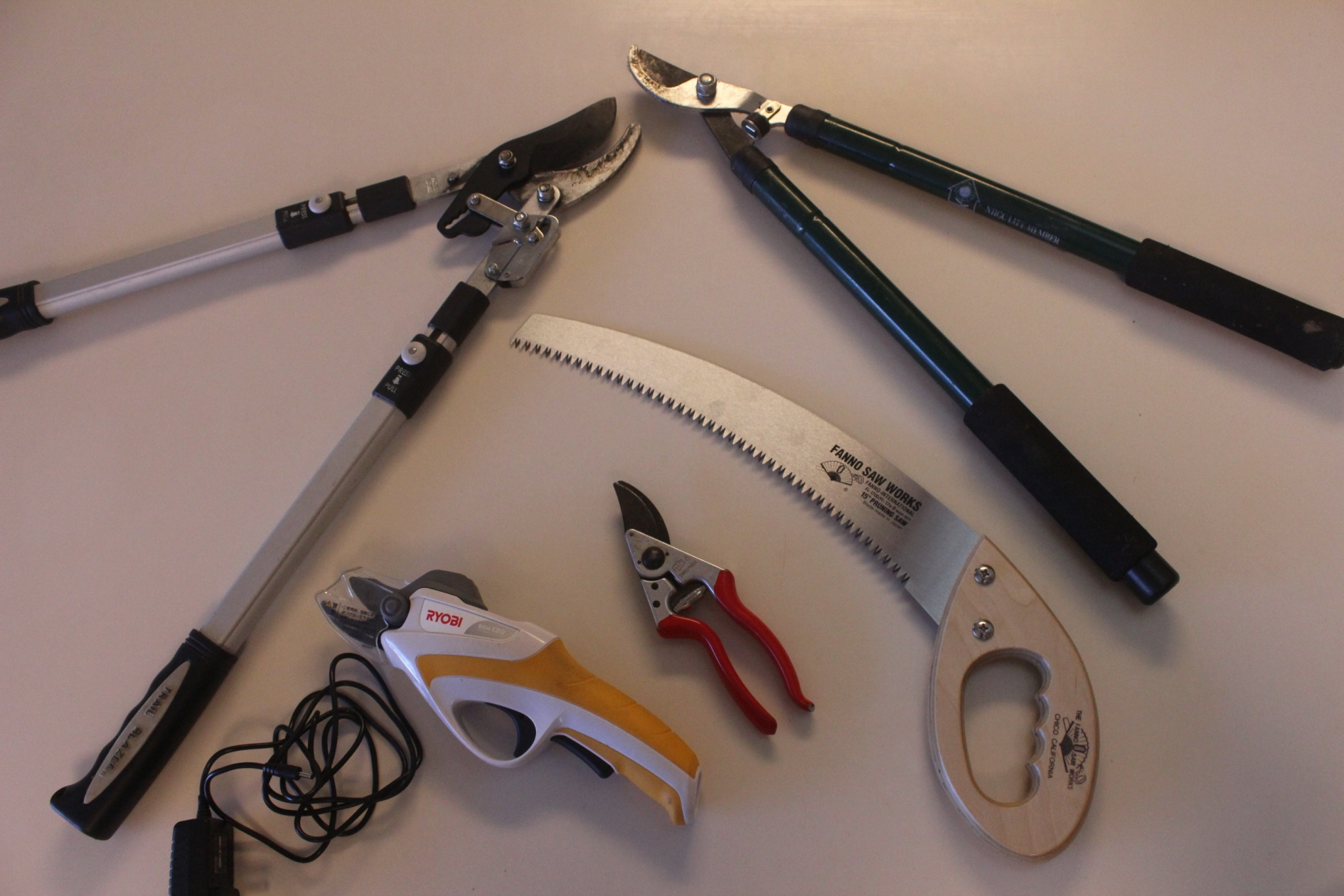
When to Prune Trees:
Fruit tree pruning takes place during the winter and very early spring, when fruit trees are dormant. For growing zone six and above, late winter is the best time to begin pruning. Start your pruning with apple trees so you can delay pruning the more cold-sensitive trees, like peaches, until late March or into April. Pruning should be completed before fruit buds show their first pink and the sap is running.
The exceptions to this completion date are the unwanted growths of waterspouts and suckers. Waterspouts are often caused by stress and are recognized by growing at right angles or their parent branch. Suckers grow up at the base of the tree from below the graft line. Both deplete fruit trees’ resources and should be pruned off when they appear.
The Two Basic Cuts of Fruit Tree Pruning:
The thinning cut:
Thinning cuts remove entire branches or limbs. This cut is made just beyond the “collar,” or circular bark, at the base of the branch you’re removing. A tree heals over this cut area if the collar is not injured and if a stub is not left extending beyond the collar.
The thinning cut is used to:
- remove branches that are crowded, diseased, or weak.
- When branches are still small, the thinning cut is also used to remove any that have narrow angles. Maintaining branches at ten and two o’clock angles (picture an analog clock!), will give them the best strength.
- Finally, use the thinning cut to eliminate any branches that grow towards the center of the tree.
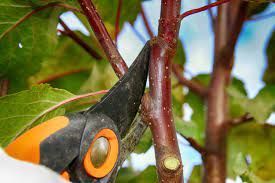
The heading cut:
Heading cuts are made just beyond a bud.
Make your heading cut at a 45-degree angle and about ¼” beyond an outward-facing bud.
Heading cuts are used for:
- changing the direction of a limb is growing
- shorten a branch.
- stimulate the buds just before the heading cut so they will grow out into branches the following year.
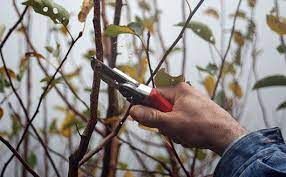
How Much to Prune Annually:
A good rule is to not prune more than 1/3 of any tree annually so you don’t damage its long-term health. When pruning an older neglected tree, it may therefore take three to five years to achieve the shape and size you want.
Some trees, like peaches, are such vigorous growers that they require a fourth of their growth to be removed each spring.
Young trees should be only gently pruned, but removing unwanted growth when it is still small benefits fruit trees in the long-term.
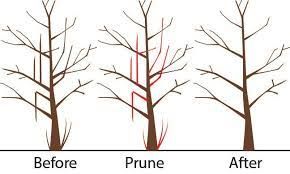
Thinning Fruit:
You’ll barely be done with early spring pruning when it’s time to thin the small new fruit. Thinning each blossom cluster to one fruitlet allows the tree to have a good number of blooms the next season. I usually choose the apple that is both largest and without flaws as the "keeper."
Subsequently, thinning the remaining fruit to about six inches apart allows each fruit to reach maximum size without their weight breaking branches.
You'll want to use a scissors with narrow blades to remove fruit without disturbing the single fruit that you want to remain. Chen scissors are a good choice for this.
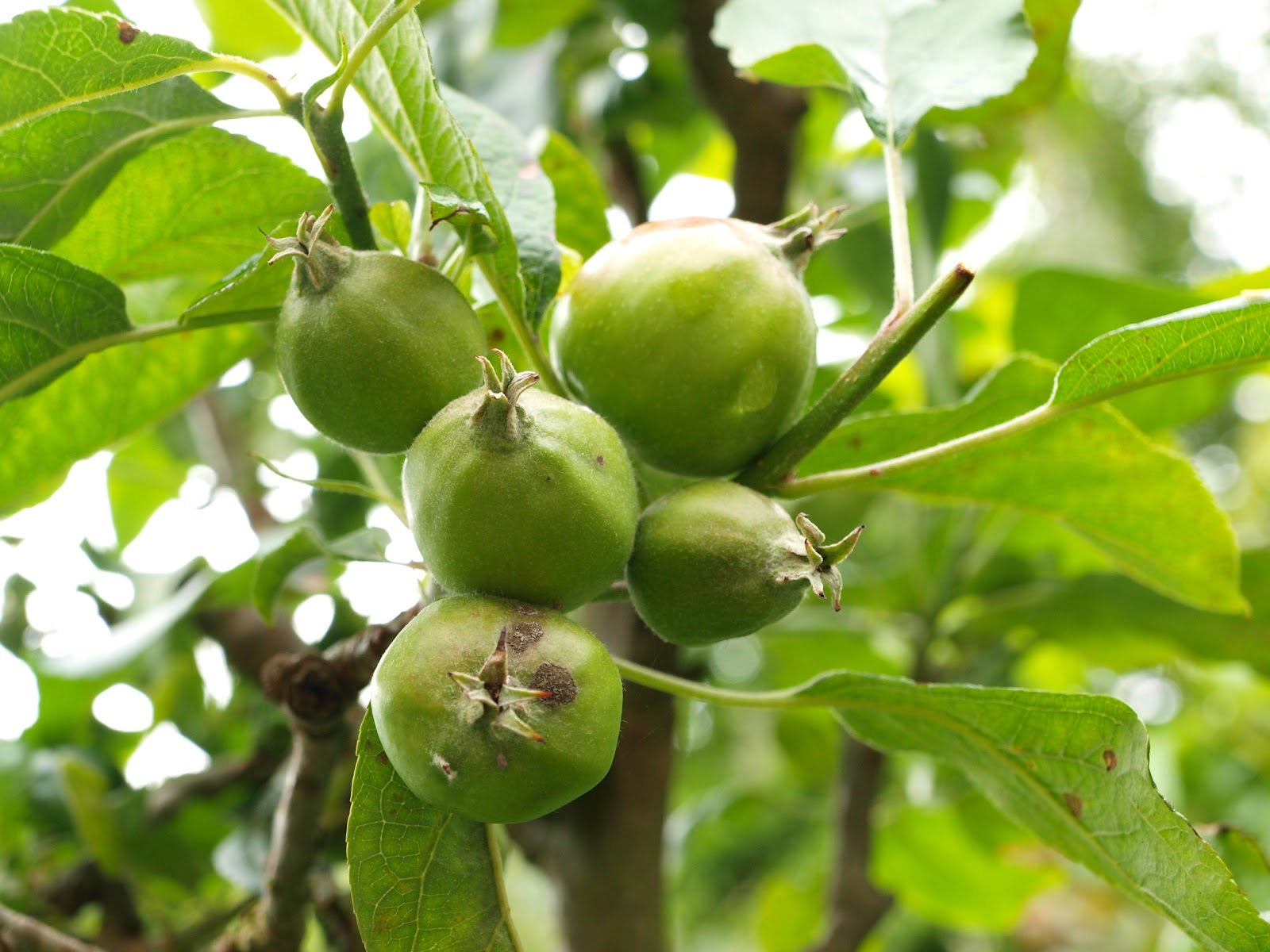
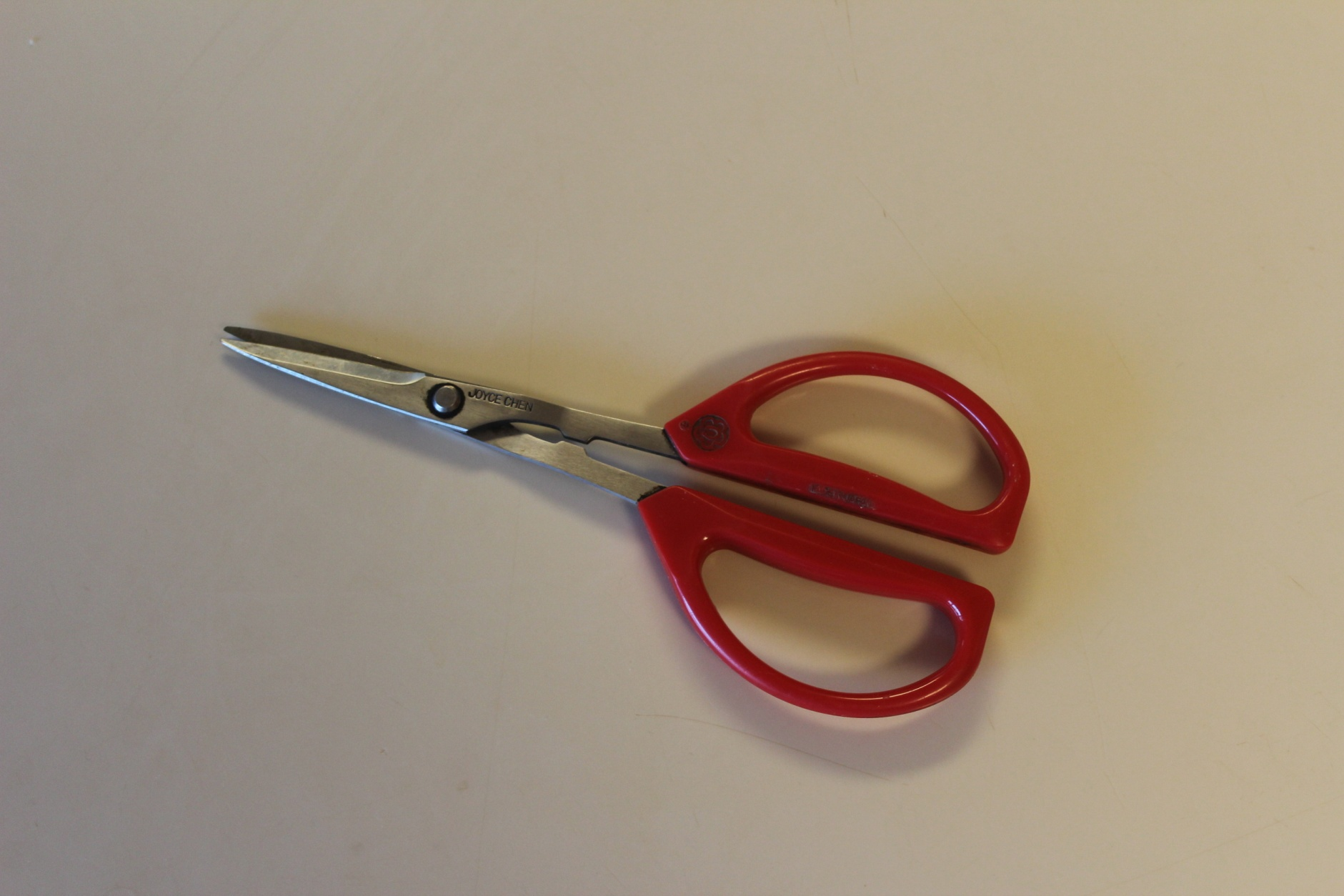
Chen Scissors
Fruit trees do survive our mistakes as we learn to prune, so feel confident in pruning with these few basic concepts as your guide. You’ll not only have healthy truit trees and fruit but will gradually become a confident and competent fruit tree pruner
